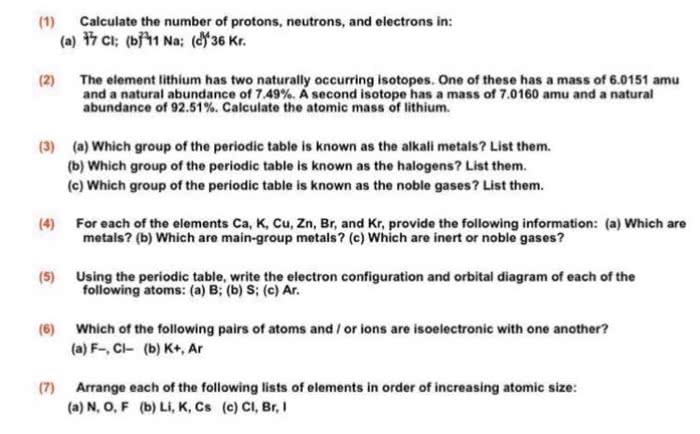Chemistry 1301A/B Study Guide - Final Guide: Electron Configuration, Alkyne, Ph
231 views21 pages
24 Aug 2016
School
Department
Course
Professor
Document Summary
Atoms, molecules, moles number of protons = atomic number (z) total number of protons and neutrons = mass number (a) Isotopes: atoms of the same element with the same number of protons but different number of neutrons. Isotopic abundance: percent (by number) of a given isotope relative to all naturally occurring isotopes of that element. Average atomic mass = x isotopic mass. Anions: atoms that have gained electrons (-) Number of moles x avogadro"s number = number of particles. Molecular mass: mass of a molecule in amu units. Molar mass: mass in grams of 1 mol of molecules. Empirical formula: simplest ratio of the numbers of atoms in a molecule: steps to fine empirical formula, assume 100g of the compound, compute moles of the atoms. Divide all moles by the smallest mol. Multiple by an integer until all are integers. The sum of all mole fractions in a species must be one. Solution: a solute is dissolved in a solvent.
Get access
Grade+20% off
$8 USD/m$10 USD/m
Billed $96 USD annually

Homework Help
Study Guides
Textbook Solutions
Class Notes
Textbook Notes
Booster Class
40 Verified Answers


